The stool of repentance from Vihanti Church
Artefact of the month – January 2021
How did it feel to sit on the stool of repentance in the middle of the church, under the eyes of the whole congregation?
In the past, the church had a great responsibility to maintain order in the parish. Both the secular and spiritual authorities participated in implementing and controlling the morals of the people. They collaborated in their efforts to unify religion and educate the inhabitants of the kingdom into obedient subjects.
The church also had the right to punish anyone who broke the rules. Church discipline meant a disciplinary action taken by the church with the purpose of keeping the members of the church in line. There were many instruments of discipline, and the punishment was given according to the seriousness of the offence. Forms of punishment included reprimand, warning, work for the church, fine, public confession, sitting in the stocks or on the stool of repentance, exclusion from communion and expulsion from the congregation. A minor offence could be settled privately with the pastor without public humiliation, but more serious crimes were brought to the attention of the whole congregation. The crime committed had to be reconciled, because the judgement was not considered to be limited to the sinner, but God’s anger could be directed against the village or even the whole province.
Punishments imposed by the church were less severe than those taken to secular court. Reasons for punishment included, for example, not going to communion, appearing drunk, inadequate knowledge of the catechism, not attending catechetical meetings or not learning to read. Another common reason was sexual transgression. The church took a negative view of extramarital sex. Therefore, it punished adulterers and married couples whose child had been conceived before marriage.
Sitting on the stool of repentance was a public humiliation, the purpose of which was to bring the person who had lived wrongly back to the congregation. Public humiliation was based on the strong social bond of the community and the loss of honour of the person sitting on the stool of repentance. Punished persons were stigmatised in the eyes of the community, which could even harm their livelihood as it became more difficult for them to get a job. At the same time, the purpose of public humiliation was to prevent crime by setting a warning example. The desire was to keep the church as a pure community, where there was no place for indecent behaviour. Since the stool of repentance was used especially for fallen women and those condemned for adultery and indecency, it was also called the “whore stool”.
The situation of the punished person was difficult even before the public humiliation, because they had lost their rights in church, such as the right to have communion, before the atonement. Public humiliation could be avoided by paying a fine, but not everyone was able to pay. Indeed, public humiliation particularly concerned the lower social classes. However, the punishment practices varied with people and times. Some pastors and church councils were more severe than others, whereas some congregations preferred private reprimand over public humiliation.
Vihanti Church acquired its first stool of repentance for those punished by public humiliation in 1711, and six-hole stocks were built next to it 16 years later. Apparently, that first stool of repentance was used diligently because, in 1852, the church ordered a new one – this artefact of the month.
The stool of repentance was made by carpenter Zacharis Jylkänkangas. He made it a three-level bench, which was a very common model at the time. The purpose of the three levels was to indicate the seriousness of the crime. Smaller crimes were suffered sitting on the lowest level, more serious ones on the higher levels. First-time offenders often sat on the lowest level, but if they repeated their offence, they had to sit higher up. The bench is simple: unpainted and made of boards. It has carrying handles on the sides, which were used to carry the bench to the middle of the church floor for the service.
At the time of acquiring the new stool of repentance, life in Vihanti was quiet and stable, but according to the church council, there were also problems. There was indecency in the congregation: beer was sold in the tavern, dances and drunken parties were held under the name of the youth club, and “lecherous life” was practised on Sunday evenings. Many couples “living in sin” were reprimanded by the church council or even the bishop. Reprimands were also given to parents who had refused their daughter permission to marry, so the daughter had fallen into illegal cohabitation.
Nevertheless, this stool of repentance was not used very much in Vihanti Church. In 1865–1870, the church became an organisation separate from the state. Various laws and regulations shifted local government and education away from ecclesiastical authorities and, at the same time, the control and punishment of citizens was transferred to municipal authorities. Public humiliation was officially abolished by an imperial decree in 1864. The stool of repentance was therefore left out of service, and it was handed over to the collections of the National Museum’s Seurasaari Open-Air Museum in 1912.
The stool of repentance will be exhibited at the “Toista maata” (“Another Country”) exhibition, which will open at the National Museum in spring 2021.
Sari Tauriainen
Source:
Kirkko keskellä elämää. Vihannin kirkko Sofia Magdalena 1784–1984 (“A church in the middle of life. Vihanti Church Sofia Magdalena 1784–1984”), anniversary publication. Ed. Tellervo Nousiainen. 1984.


-
2024
-
2023
-
2022
-
2021
-
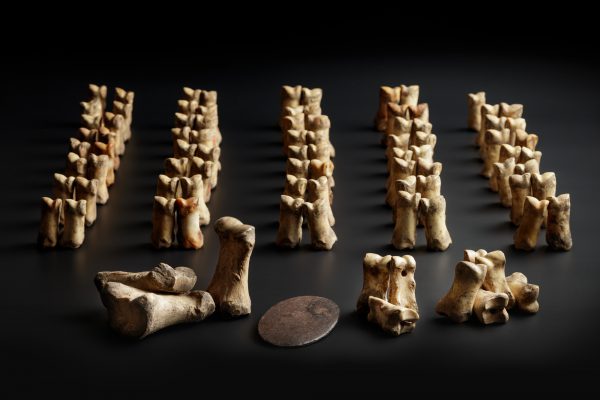 Skittle set made of bone
Skittle set made of bone
-
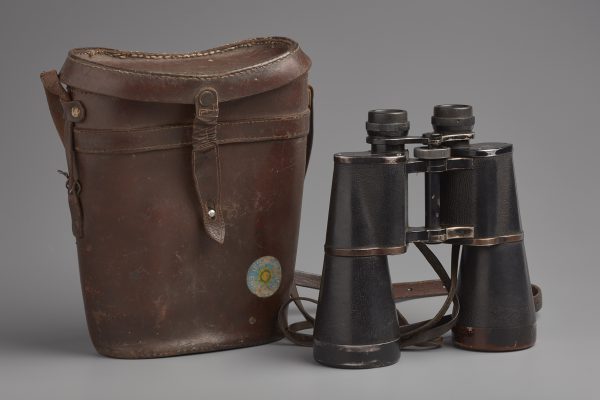 Equipment of ornithologist Pentti Linkola – binoculars and a notebook
Equipment of ornithologist Pentti Linkola – binoculars and a notebook
-
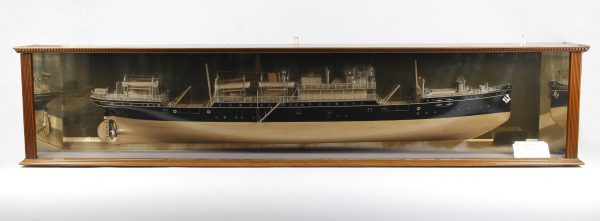 Scale model of the S/S Arcturus
Scale model of the S/S Arcturus
-
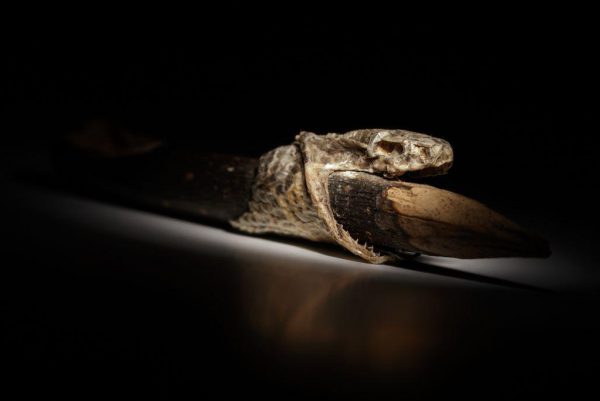 The mighty snake
The mighty snake
-
 Child’s national costume – for free Estonia
Child’s national costume – for free Estonia
-
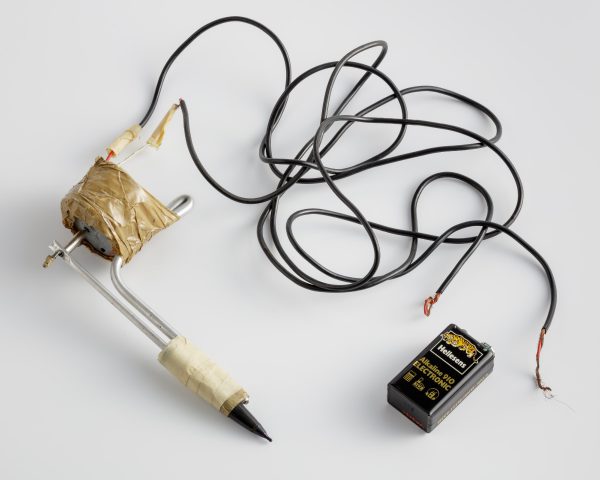 A tattoo machine
A tattoo machine
-
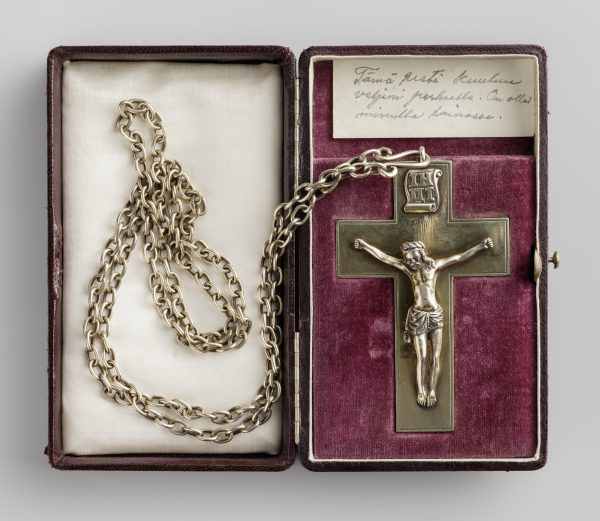 Juho Saarinen’s pectoral cross
Juho Saarinen’s pectoral cross
-
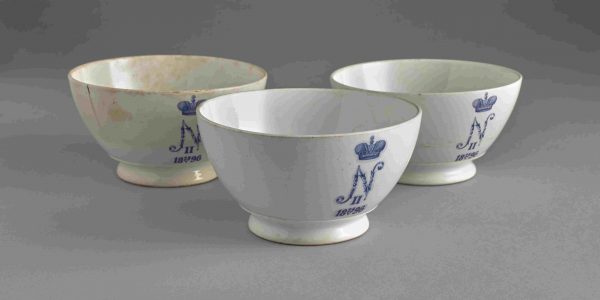 Coronation bowls
Coronation bowls
-
 A hundred years ago – flapper fashion in the 1920s
A hundred years ago – flapper fashion in the 1920s
-
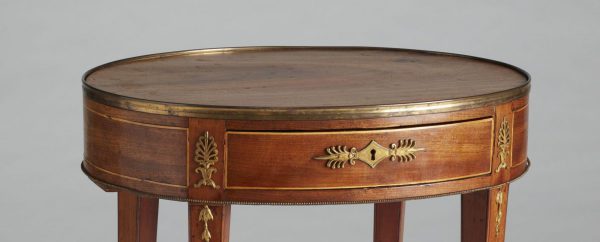 A table from The Friends of the National Museum of Finland
A table from The Friends of the National Museum of Finland
-
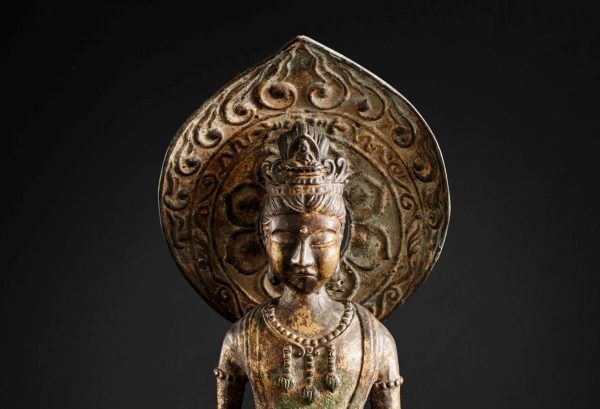 Sculpture of Bodhisattva
Sculpture of Bodhisattva
-
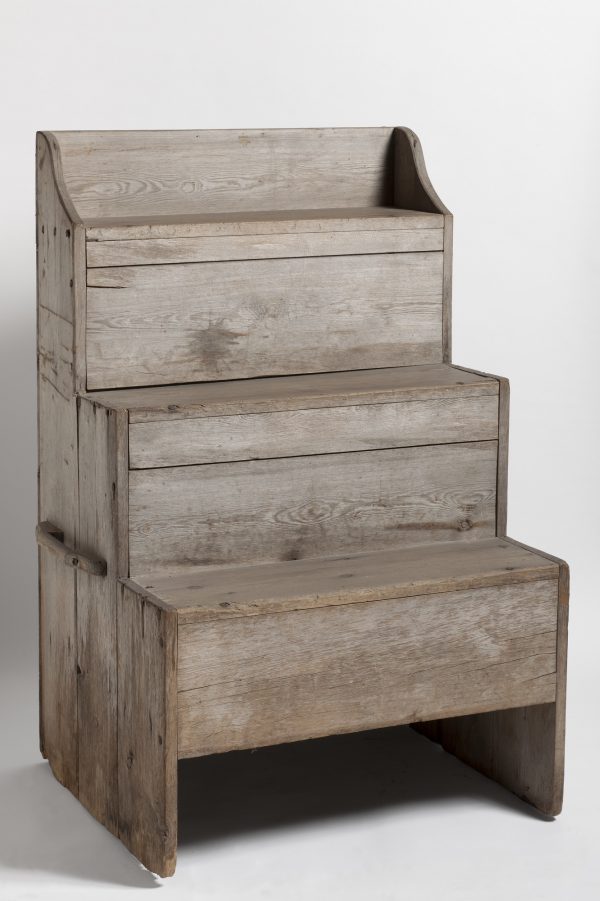 The stool of repentance from Vihanti Church
The stool of repentance from Vihanti Church
-
-
2020
-
2019
-
2018